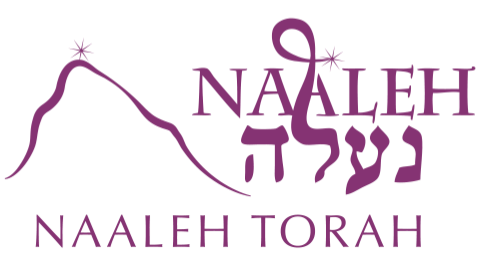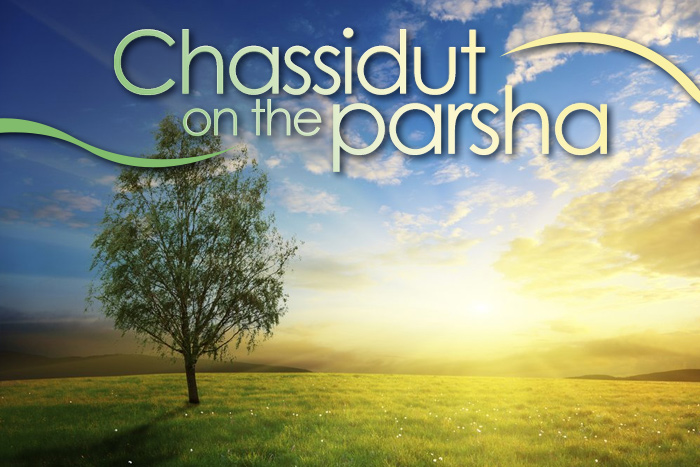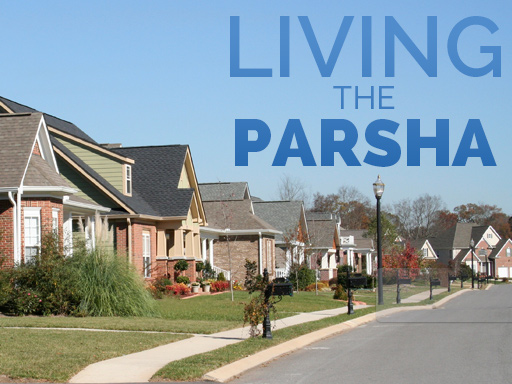Parshat Emor: The Four Kingdoms
Posted onIn this shiur (Torah class), Rabbi Hershel Reichman discusses the four kingdoms that oppressed the Jewish People. Each kingdom had a specific negative characteristic which the Jewish People must fight against.



